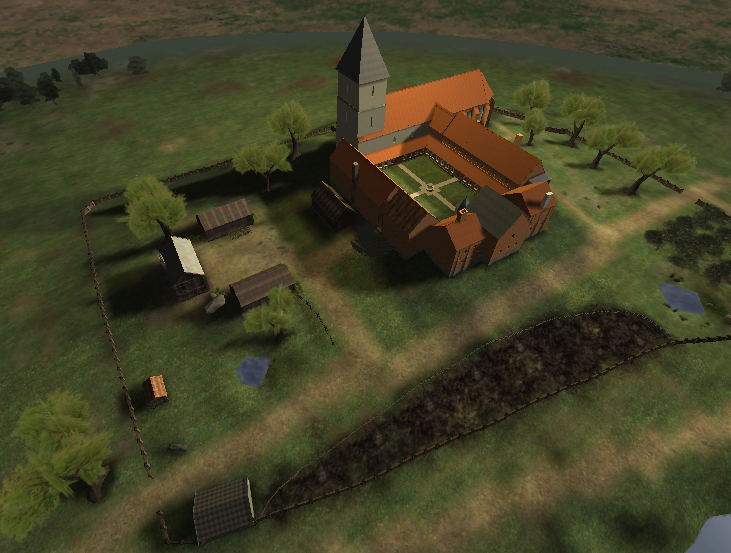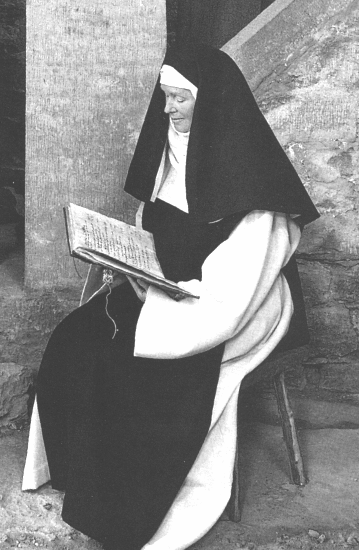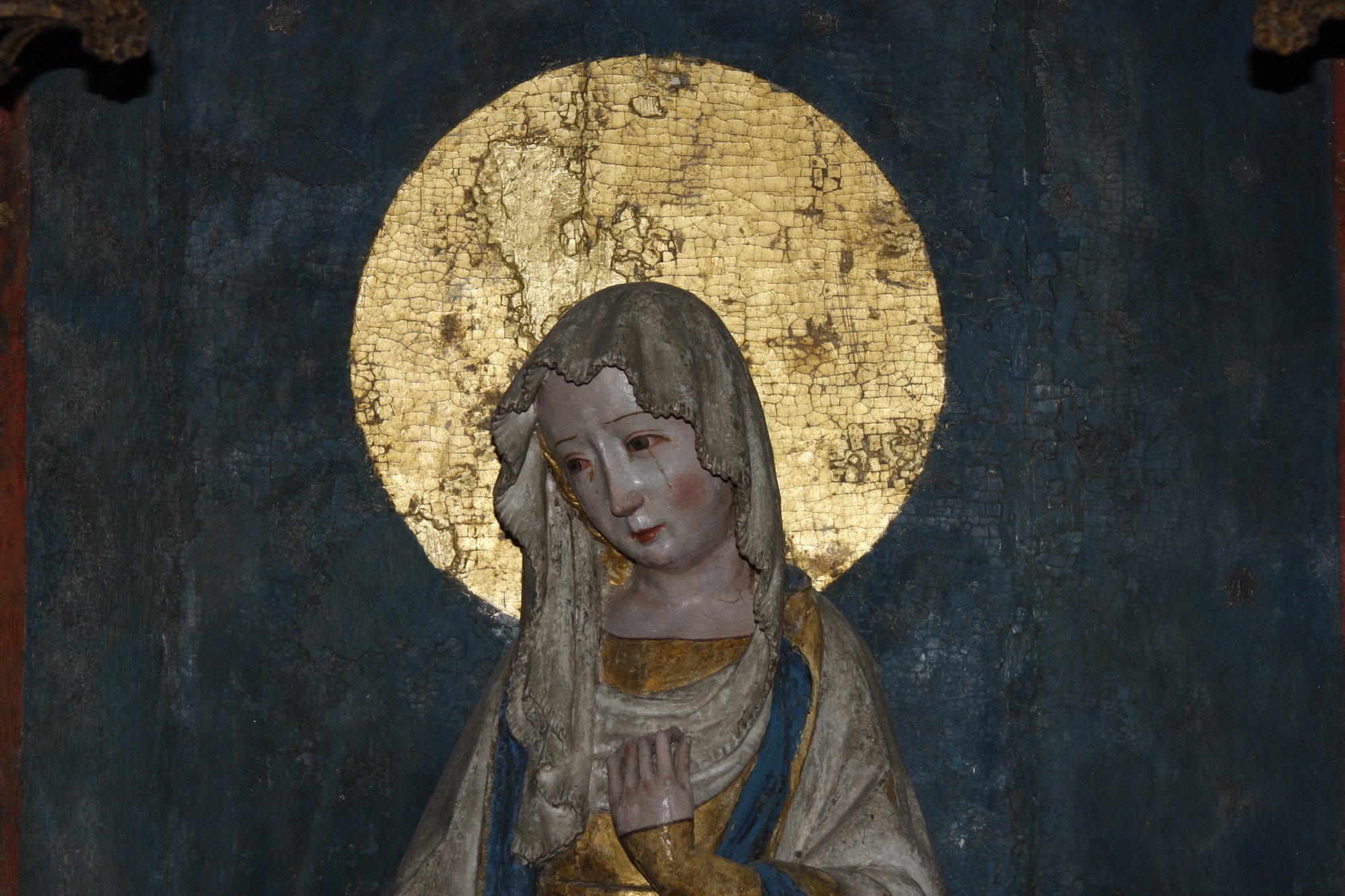Then monastic rules were from time to time stricter for the nuns than for the monks. According to the records from Askeby it appears that the rules were occasionally eased, and then later on sharpened again. There were also different opinions about what part monasteries should play in society.


In general neither the nuns nor the abbess were to leave the convent without permission from the abbot in Alvastra. Margareta Haraldsdotter had to request permission when she wanted to go to Norrköping in 1376 for important negotiations. This is why the abbesses were dependent on advisers in the frequent real estate activities. But even in this type of activities there was eventually a relaxation.
Towards the end of the Middle Ages, the abbess appears increasingly as an executive, having the right to welcome visitors and dinner guests at the room.
No man – except for the inspector, the abbot in Alvastra who should supervise the abbey – was allowed to enter the area, but a conversion with nuns face to face was, even for him, forbidden. The confession took place through a barred opening that was covered with a cloth. Only the abbess was allowed to talk to people who lived outside of the convent. These were the regulations; however, we do not know much about how they were practised.
Examples of Monastic Life – Alvastra
